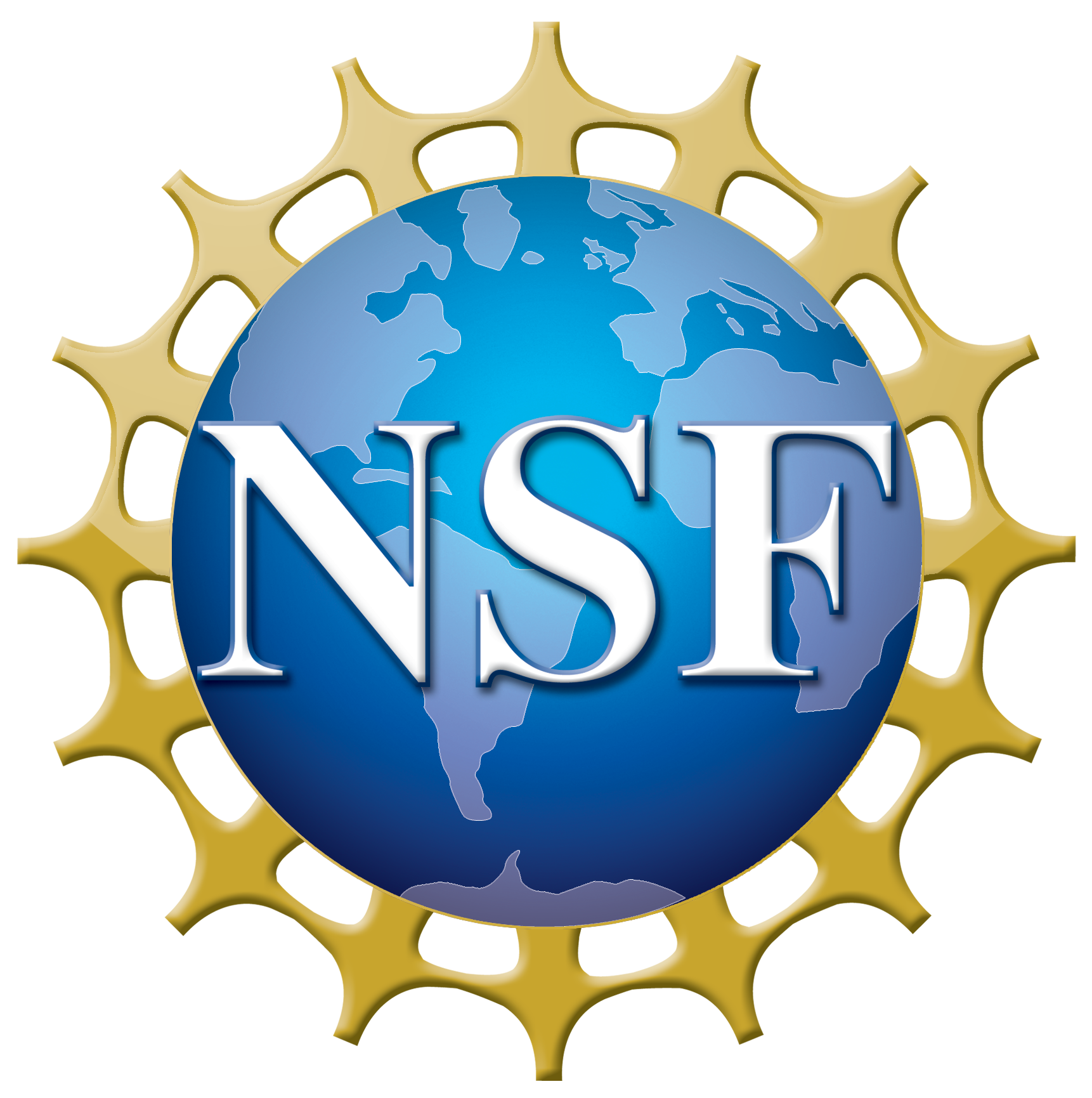Faculty
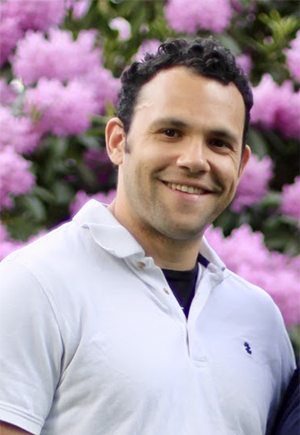 John Alison
John Alison
Physics
John Alison's research focuses on the study of Higgs-boson pair production. This signature has the unique advantage that it can both directly probe models extending the standard model and can constrain – and ultimately measure – one of the most distinctive and elusive properties of the Higgs boson: its interaction with itself. This self-interaction has deep connections with the cosmology of the early Universe and will allow us to understand how fundamental particles acquired mass. His group focuses on using recent advances in machine learning to extract more physics from the data provided by the LHC. This includes both improving the algorithms that run in real-time to select which data to record for further analysis and improving classification and regression problems associated with the most common decays of the Higgs boson.
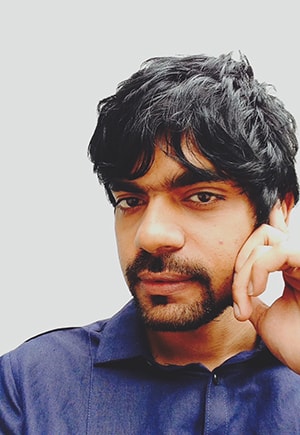 Shiladitya Banerjee
Shiladitya Banerjee
Physics
Shila Banerjee's research group aims to understand how living cells sense, generate and transmit physical forces, and how these forces regulate cell movement and shape changes. In particular, they develop quantitative theory and computational models to predict the dynamic mechanical behavior of single cells and multicellular systems. To that end, they are applying machine learning and statistical inference tools to generate predictive mathematical models of cellular mechanical behavior from multiscale experimental data.
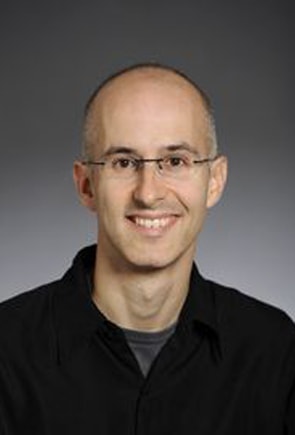 Rupert Croft
Rupert Croft
Physics
Rupert Croft is interested in applications of AI to cosmology, galaxy formation and the intergalactic medium. He has worked on machine learning-based text analysis of published journals to extract cosmological metadata, allowing cosmologists to find the most important equations or final results in millions of pages without having to read them. He is also part of a project to run AI-assisted "super resolution" supercomputer simulations of the formation of structure in the Universe. In these models, Generative Networks take over from the computational fluid dynamics calculations at the smallest scales, allowing in principle simulation of arbitrarily fine details at low computational cost. A further interest is using AI to approach the inverse problem in cosmology: going from observational data to underlying physical quantities.
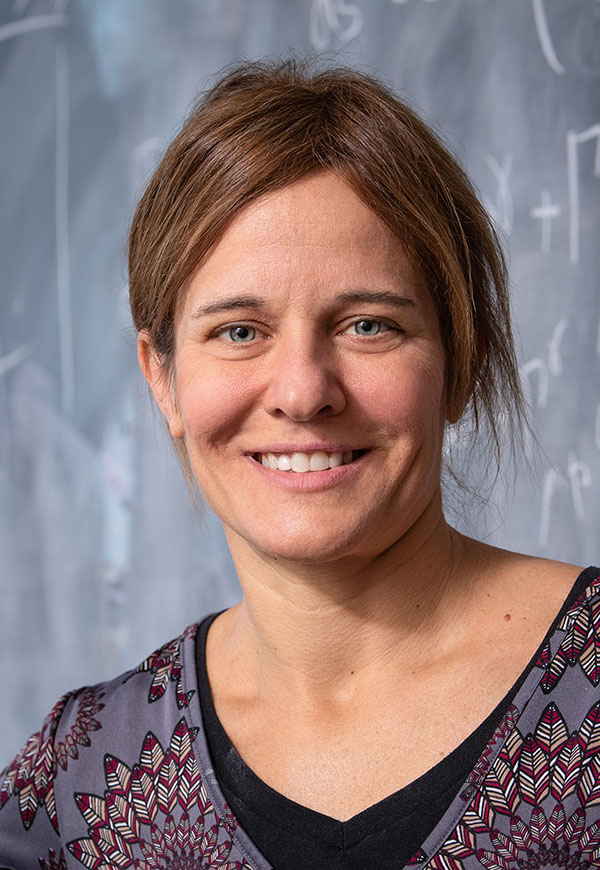 Tiziana Di Matteo
Tiziana Di Matteo
Physics
Tiziana Di Matteo is a theorist with expertise in both high energy astrophysics and cosmology. Her interests focus on state-of-the-art cosmological simulations of galaxy formation with special emphasis on modeling the impact of black holes on structure formation in the Universe. Her research makes extensive use of high-performance computing. She has been leading an effort to run simulations of uniquely large volume and high resolution to study to the formation of the first large galaxies and quasars at the cosmic dawn of the Universe which will be investigated with the next generation telescopes. Di Matteo became a Fellow of the American Physical Society in 2014, she is the recipient of a Pittsburgh Foundation fellowship, and 2008 Award for Excellence from the Carnegie Science Center. Among other national committees, she is a member of the LSST Dark Energy Science Collaboration and the LISA Consortium, and she serves on the NSF CISE Advisory Committee.
 Scott Dodelson
Scott Dodelson
Physics
Scott Dodelson is interested in learning about fundamental physics by analyzing data from cosmic surveys. Cosmologists have pieced together a remarkably successful cosmological model, but it requires three new pieces of physics: dark matter, dark energy, and inflation. To extract information about this new physics requires increasingly sophisticated analyses, and AI is emerging in importance. He has used compression techniques to identify the most important modes in a survey and is now working on Self Organizing Maps to compress the high-dimensional information about galaxy fluxes into reliable information about cosmic distances. He also has begun exploring AI alternatives to traditional methods of creating CMB lensing maps.
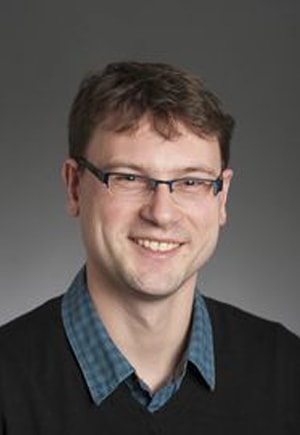 Frank Heinrich
Frank Heinrich
Physics
Frank Heinrich is a researcher associated with the Deserno group and is physically located at the National Institute of Standards and Technology Center for Neutron Research (NCNR). Within the NCNR user program, he is responsible for the structure determination of biological and soft mater interfaces, particularly lipid membranes and membrane-associated proteins. His research focuses on the analysis and information content of scattering data, molecular modeling, and autonomous experimentation.
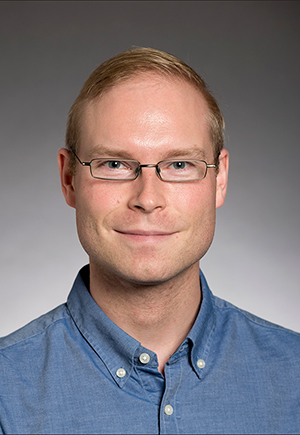 Mikael Kuusela
Mikael Kuusela
Statistics
Mikael Kuusela is an Assistant Professor of Statistics and Data Science. He develops statistical techniques for analyzing large and complex datasets in the physical sciences. One of his application areas is statistical data analysis in particle physics, where he has worked on methods for unfolding detector effects, model-agnostic searches of new physics and data-driven background modeling. Mikael is a member of the CMS Experiment and its Statistics Committee at CERN.
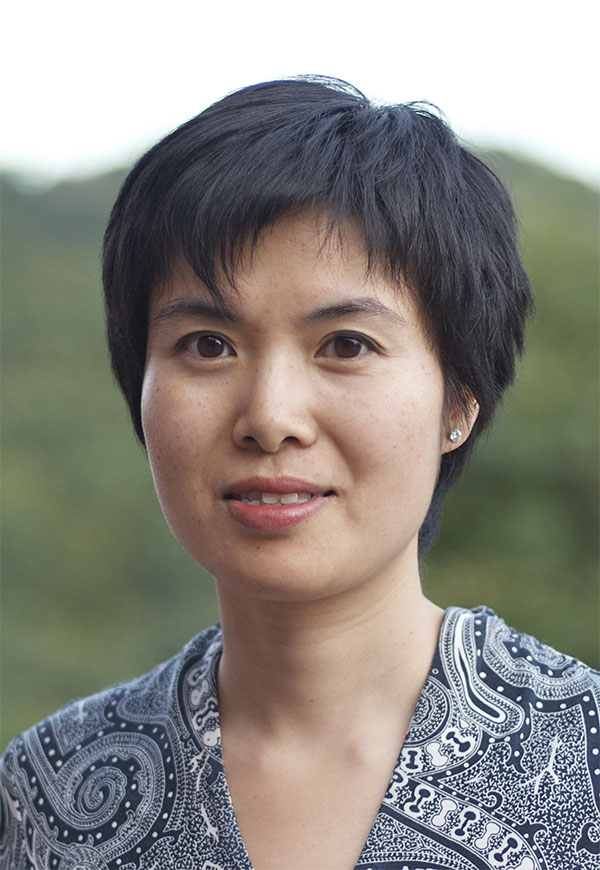 Ann B. Lee
Ann B. Lee
Statistics and Machine Learning
Ann B. Lee works on developing statistical and machine learning methodology for complex high-dimensional data and simulations in astronomy and particle physics. She is particularly interested in AI solutions for hypothesis testing, parameter estimation and uncertainty quantification in high-dimensional settings where traditional tools cannot easily be applied because of the complexity of the data or because of the only meaningful model of a physical system existing as a simulation model.
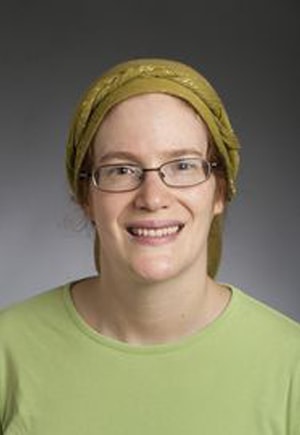 Rachel Mandelbaum
Rachel Mandelbaum
Physics
Rachel Mandelbaum's research interests are predominantly in the areas of observational cosmology and galaxy studies. Currently, she is focusing on data from the Hyper-SuprimeCam (HSC) while preparing for upcoming surveys including Rubin Observatory's LSST, Euclid, and the Roman Space Telescope. She is currently serving as Spokesperson of the LSST Dark Energy Science Collaboration. Her work on AI/ML has included developing generative models for galaxy morphologies, methods for using certain types of variable stars to determine the local distance model, and methods for inferring ensemble redshift distributions of galaxies in imaging surveys.
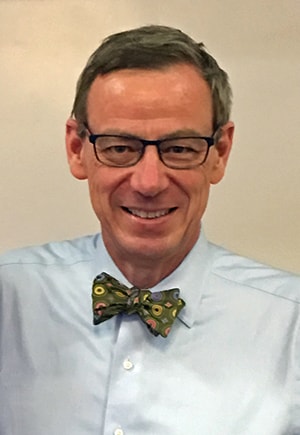 Curtis Meyer
Curtis Meyer
Physics
Curtis Meyer served as the Spokesperson of the GlueX Experiment at Jefferson Lab from 2007 until 2020. He currently serves as Spokesperson Emeritus and is focusing on physics analysis and computing needs in turning the peta-scale data sets collected by GlueX into results. His team at Carnegie Mellon is also responsible for the Central Drift Chamber in GlueX and are currently collaborating with colleagues at Jefferson Lab to implement AI techniques to maintain stable calibration constants during run periods that extend for months. This would be building on work done in the collaboration to utilize AI techniques to identify and report problems in detector performance during these runs. Professor Meyer has also implemented Jupyter Notebooks, a popular data-science tool in his freshman honors physics class. In Fall 2020, he worked with the Pittsburgh Supercomputer Center to get access to their on-demand Jupyter Notebook system for the physics students.
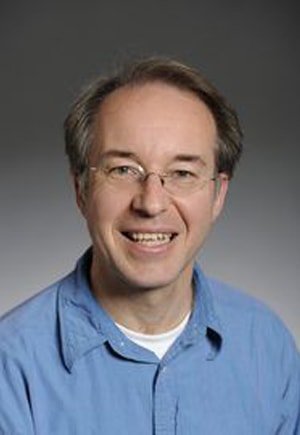 Manfred Paulini
Manfred Paulini
Physics
Manfred Paulini's research interests touch the interface between particle physics and cosmology. As a member of the CMS experiment operating at the Large Hadron Collider (LHC) at CERN, he studies the nature of dark matter and explore how machine learning based approaches can propel the discovery potential of the LHC for new physics beyond traditional data analysis techniques. For example, he uses novel end-to-end event classification methods for new data analysis approaches for which the standard reconstruction techniques break down or utilize modern AI algorithms that will run in real time to identify anomalies during the collection of CMS data.
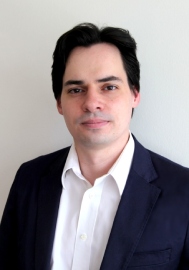 Barnabás Póczos
Barnabás Póczos
Machine Learning
Barnabás Póczos's research interests lie in the theoretical questions of statistics and their applications to machine learning, computer vision, astronomy, and bioinformatics.
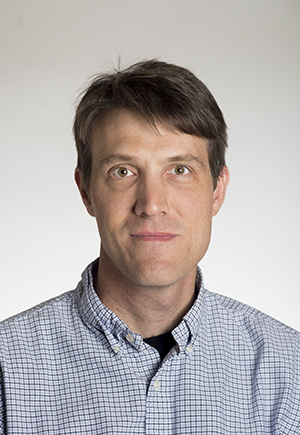 Chad Schafer
Chad Schafer
Statistics
Chad Schafer's primary objective is the development of statistical methods for addressing important questions in the sciences, primarily astronomy. One specific, recurring theme in his research is the rigorous handling of the complex models and data structures that increasingly dominate the sciences. For example, cosmological models are characterized by key unknown physical constants; modern astronomical surveys generate data that hold great promise to accurately estimate these quantities, but this requires statistical methods that are tailored to the theoretical models and noisy, high-dimensional data that abound in the field.
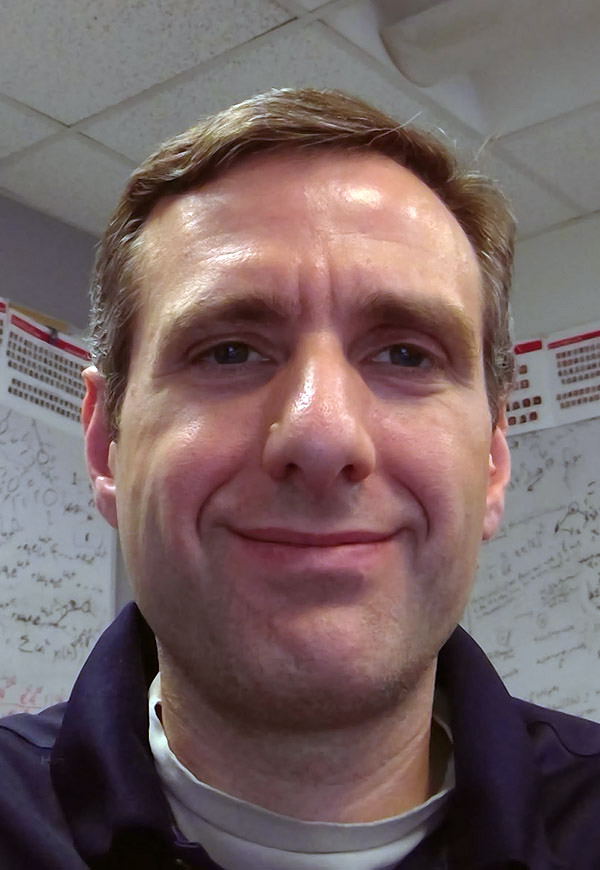 Russell Schwartz
Russell Schwartz
Computational Biology
Russell Schwartz's lab works broadly on computational models and algorithms for understanding complex biological systems. One area of focus is understanding macromolecular assembly processes, where his group develops models, simulation algorithms, and model inference algorithms that use AI and optimization methods to learn the rules governing how complex macromolecular assembly processes function in living systems. Another focus area is computational genetics and genomics, particularly cancer genomics, where his lab develops methods to use high-dimensional multi-omic tumor data to reconstruct processes of clonal evolution in cancers and understand how they drive tumor growth and progression.
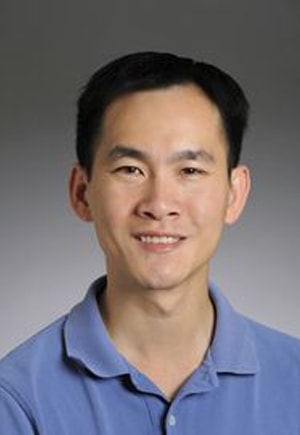 Hy Trac
Hy Trac
Physics
Hy Trac works on computational and theoretical cosmology and astrophysics. His research involves the development and application of numerical simulations to model and interpret the observable University. In cosmology, he works on complex problems involving the gas, stars, galaxies, quasars, and clusters of galaxies that provide information about the underlying dark matter and dark energy. In astrophysics, he is interested in the dynamics of stellar systems and the mergers of compact objects that produce gravitational waves. He also collaborate with computer scientists and statisticians to apply modern AI/ML approaches to improve multi-wavelength data analysis and numerical simulations. For example, we are applying Bayesian Deep Learning to map the dark matter in galaxy clusters. He is a member of the Atacama Cosmology Telescope (ACT) and Simons Observatory (SO) Collaborations.
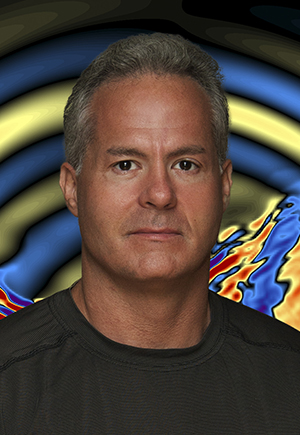 John Urbanic
John Urbanic
Pittsburgh Supercomputing Center
John Urbanic is a Parallel Computing Scientist at the Pittsburgh Supercomputing Center and the Carnegie Mellon Physics Department where he spends as much time as possible implementing extremely scalable code on interesting machines. These days that means a lot of MPI, OpenMP and OpenACC. He also enjoys Big Data challenges which involve such things as machine learning, graph analytics, and novel architectures. John frequently teaches workshops and classes on the above and is most visible as the lead for the XSEDE Monthly Workshop Series, the Summer Boot Camp and the International HPC Summer School on HPC Challenges in Computational Sciences. John graduated with Physics degrees from Carnegie Mellon University (BS) and Pennsylvania State University (MS) and is an honored recipient of the Gordon Bell Prize.
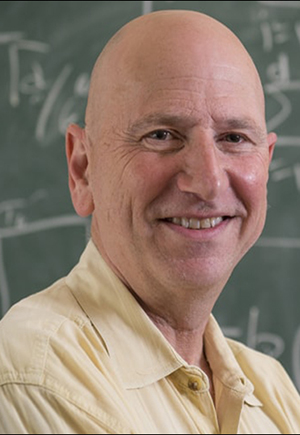 Larry Wasserman
Larry Wasserman
Statistics and Machine Learning
Larry Wasserman received his Ph.D. from the University of Toronto in 1988. He was awarded the COPSS Presidents’ Award in 1999 for the outstanding statistician under age 40, and the CRM-SSC Prize in 2002. He is an elected fellow of the American Statistical Association, Institute of Mathematical Statistics, and the American Association for the Advancement of Science. His research papers frequently focus on nonparametric inference, asymptotic theory, causality, and applications of statistics to astrophysics, bioinformatics, and genetics. He has also written two advanced statistics textbooks: “All of Statistics,” and “All of Nonparametric Statistics.” His ML research interests include nonparametric inference, multiple testing, asymptotic theory, causality, and applications to astrophysics and genetics.
 John Alison
John Alison Shiladitya Banerjee
Shiladitya Banerjee Rupert Croft
Rupert Croft Scott Dodelson
Scott Dodelson Frank Heinrich
Frank Heinrich Rachel Mandelbaum
Rachel Mandelbaum Curtis Meyer
Curtis Meyer Manfred Paulini
Manfred Paulini Barnabás Póczos
Barnabás Póczos Hy Trac
Hy Trac John Urbanic
John Urbanic Larry Wasserman
Larry Wasserman